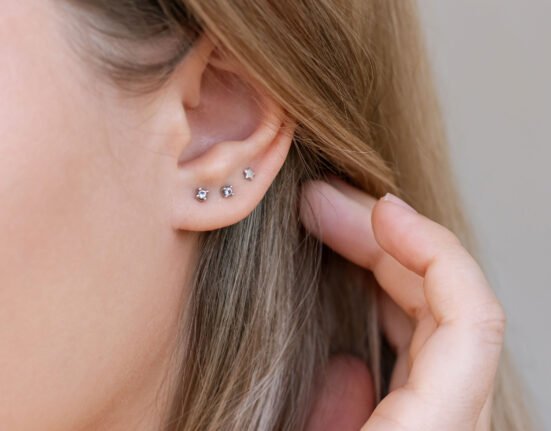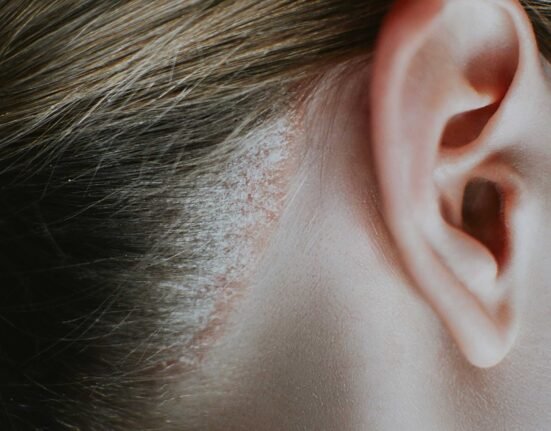A baby’s skin is soft and sensitive, making it prone to various problems, one of them being eczema. This condition is marked by red rashes, dry skin, and itching that can make your little one fussy. While it may sound concerning, parents don’t need to panic.
Baby eczema can be managed with proper care.
Baby eczema is a common skin condition that causes dry, itchy, and sensitive skin. It usually appears on the scalp, cheeks, forehead, or around the mouth in babies under 6 months old. As the child grows, rashes may shift to the elbows and knees.
Sometimes, the affected skin becomes cracked and may ooze fluid before scabbing over.
Research shows that about 10–20% of children worldwide experience eczema. The main triggers are often genetic factors and weaknesses in the skin barrier.
Symptoms of Baby Eczema to Watch For
- Intense itching that can disrupt sleep
- Dry, cracked skin that may even bleed
- Inflamed rashes that look swollen or weepy
- Skin that oozes fluid and later forms scabs
What Can Trigger Eczema?
Eczema flare-ups can be caused by many factors, such as:
- Allergens (dust, pet dander, pollen, certain foods)
- Strongly scented baby products (wipes, lotions, powders)
- Fabrics that irritate the skin
- Soap, shampoo, or detergents
- Hot weather, dry air, or excessive sweating
- Minor infections, such as colds
How to Manage Baby Eczema

Even though there is no permanent cure for eczema, the good news is that symptoms can be controlled.
1. Apply Moisturizers
Regularly applying moisturizers helps keep the baby’s skin hydrated and supports the skin barrier. Products like wund+™ Regeneration Cream can be a good option, as they hydrate the skin and reduce inflammation. Apply after bathing or whenever the skin looks dry.
2. Use wund+™ Wound Spray for Eczema Wounds
Sometimes babies can’t resist scratching, which turns rashes into wounds. In this case, use wund+™ Wound Spray to help prevent infection. Its gentle, low-sting formula is safe for babies.
3. Avoid Triggers
Identify and stay away from things that cause flare-ups.
4. Choose Cotton Clothing
Dress your baby in breathable cotton to prevent overheating and reduce sweating.
5. Control Itching
When flare-ups occur, try to prevent scratching as it can worsen the rash and trigger new infections.
A Note for Parents
Treat eczema early to stop it from getting worse. Babies with eczema are more vulnerable to skin infections, so they need extra care.
By managing the condition, you can help your little one stay comfortable, itch-free, and sleep better.
References
American Academy of Dermatology Association. Accessed in 2025. How to treat eczema in babies.
Cleveland Clinic. Accessed in 2025. Baby Eczema.














Leave feedback about this